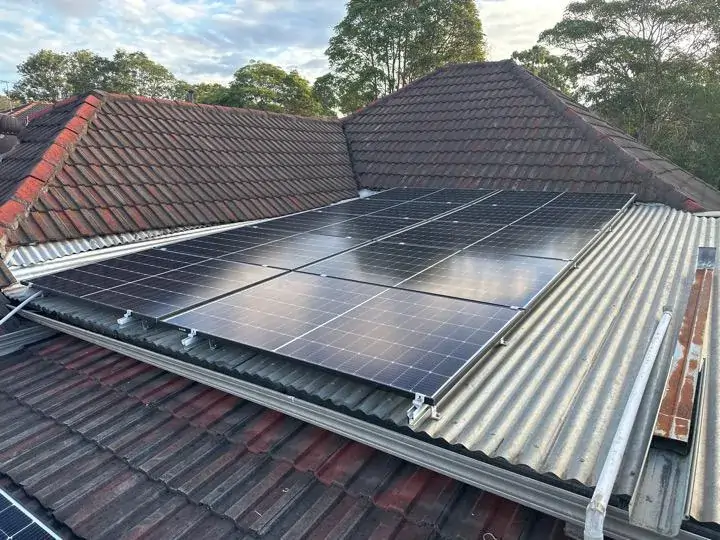
What Is a Battery Storage System?
A battery storage system is a technology that enables the storage of electrical energy in batteries for later use. These systems play a critical role in energy management, especially for renewable energy sources such as solar and wind power. By storing excess energy when production is high and releasing it when demand increases or generation drops, battery storage systems offer unmatched flexibility and stability to the electrical grid.
Battery storage systems are used in residential, commercial, and utility-scale applications, making them a cornerstone of the modern energy transition.
Key Components of a Battery Storage System
Understanding the primary components of a battery storage system is essential for evaluating its performance and capabilities. These include:
-
Battery cells: These are the core units where the electrical energy is stored.
-
Battery management system (BMS): This system ensures safety, controls charging/discharging, and monitors the battery’s health.
-
Inverter: Converts the direct current (DC) stored in batteries to alternating current (AC) for use in homes and businesses.
-
Cooling and safety systems: Prevent overheating and maintain safe operational temperatures.
-
Energy management software: Optimizes performance based on load demand, time-of-use rates, and weather patterns.
Types of Battery Technologies Used in Storage Systems
1. Lithium-Ion Batteries
Lithium-ion batteries dominate the energy storage market due to their high energy density, fast charging capabilities, and long cycle life. These batteries are widely used in residential systems and utility-scale projects.
2. Lead-Acid Batteries
While considered outdated by some, lead-acid batteries still serve roles in off-grid solar systems due to their low cost and reliability. They have a shorter lifespan and lower energy density compared to lithium-ion batteries.
3. Flow Batteries
Flow batteries use liquid electrolytes and are ideal for large-scale energy storage. Their ability to store energy for extended periods without degradation makes them suitable for grid applications.
4. Sodium-Sulfur Batteries
Sodium-sulfur (NaS) batteries offer high efficiency and long duration storage but operate at high temperatures. They are primarily used in industrial and utility-scale energy storage.
Advantages of Battery Storage Systems
Energy Independence
Battery storage allows homes and businesses to store energy generated from solar or wind systems, reducing reliance on the grid and protecting against outages.
Cost Savings
Battery systems enable load shifting and peak shaving, where users can consume stored energy during expensive peak hours, significantly reducing electricity bills.
Grid Stability
On a larger scale, battery storage balances supply and demand, smooths voltage fluctuations, and enhances grid resilience during emergencies or high-load situations. The NSW battery rebate scheme offers significant financial incentives for homeowners looking to install solar battery storage systems.
Environmental Benefits
Integrating battery storage with renewable energy sources reduces dependency on fossil fuels, lowers carbon emissions, and supports clean energy adoption.
Applications of Battery Storage Systems
Residential Energy Storage
Homeowners install battery systems to store solar energy during the day for use at night or during grid outages. Popular systems include the Tesla Powerwall, LG Chem RESU, and Sonnen eco.
Commercial and Industrial Use
Businesses use battery storage for demand charge management, backup power, and to support on-site renewable generation. These systems improve operational efficiency and enhance energy security.
Utility-Scale Storage
Power providers deploy large-scale battery installations to store renewable energy and dispatch it when needed, enabling a more flexible and reliable energy network.
Microgrids and Off-Grid Solutions
Battery storage is central to microgrids and off-grid installations, offering sustainable energy access in remote areas and during disasters.
Battery Storage System Integration with Renewable Energy
Battery storage bridges the gap between intermittent renewable energy generation and consistent electricity demand. For example, in a solar-plus-storage setup:
-
Solar panels generate electricity during the day.
-
Excess energy charges the battery.
-
Stored energy is used during the evening or on cloudy days.
This model ensures maximum self-consumption and significantly reduces grid dependence.
Challenges in Battery Storage Deployment
Despite its benefits, battery storage faces several challenges:
-
High upfront costs for equipment and installation.
-
Limited lifespan and degradation over time.
-
Recycling and disposal of used batteries present environmental concerns.
-
Complex permitting and regulatory processes in some regions.
However, ongoing technological advancements and supportive government policies are rapidly addressing these issues.





